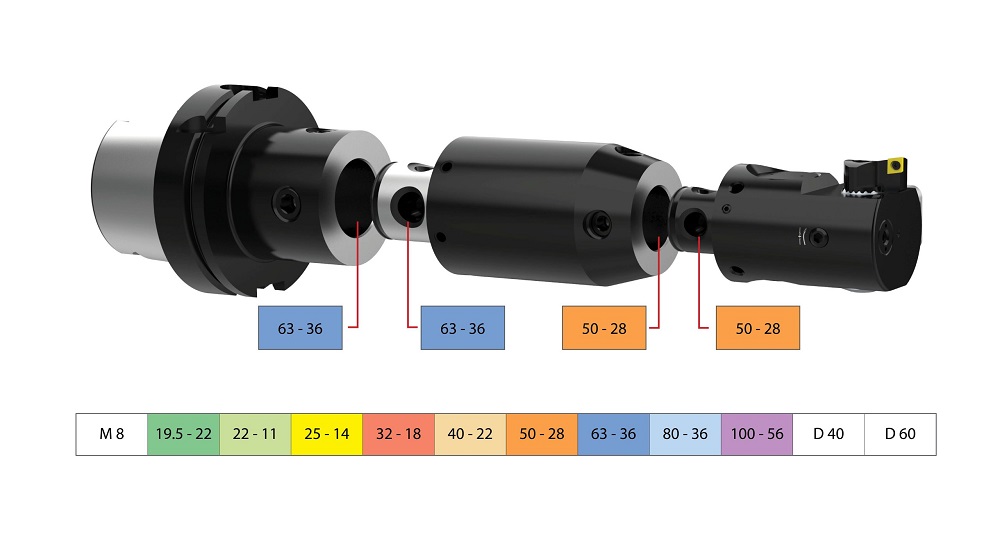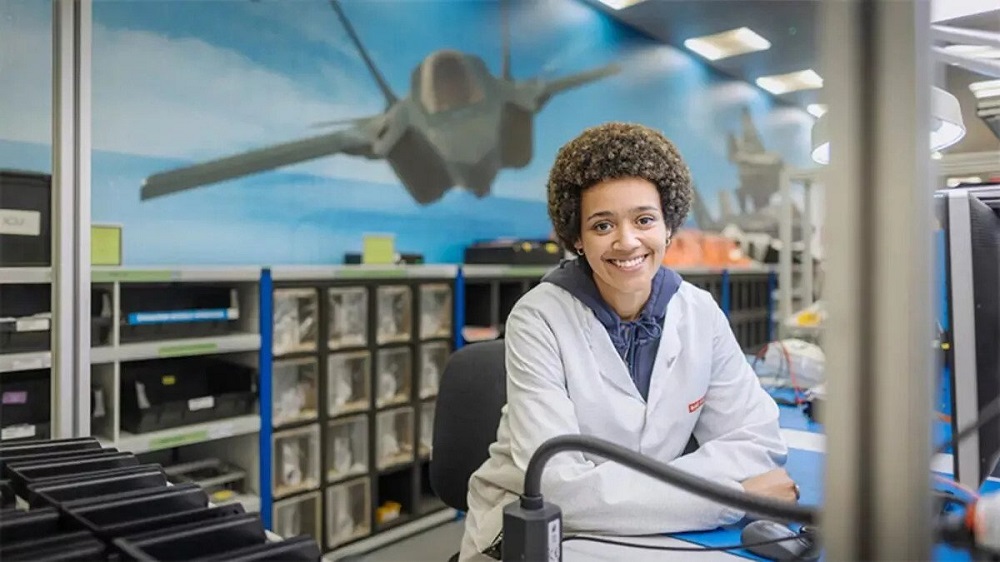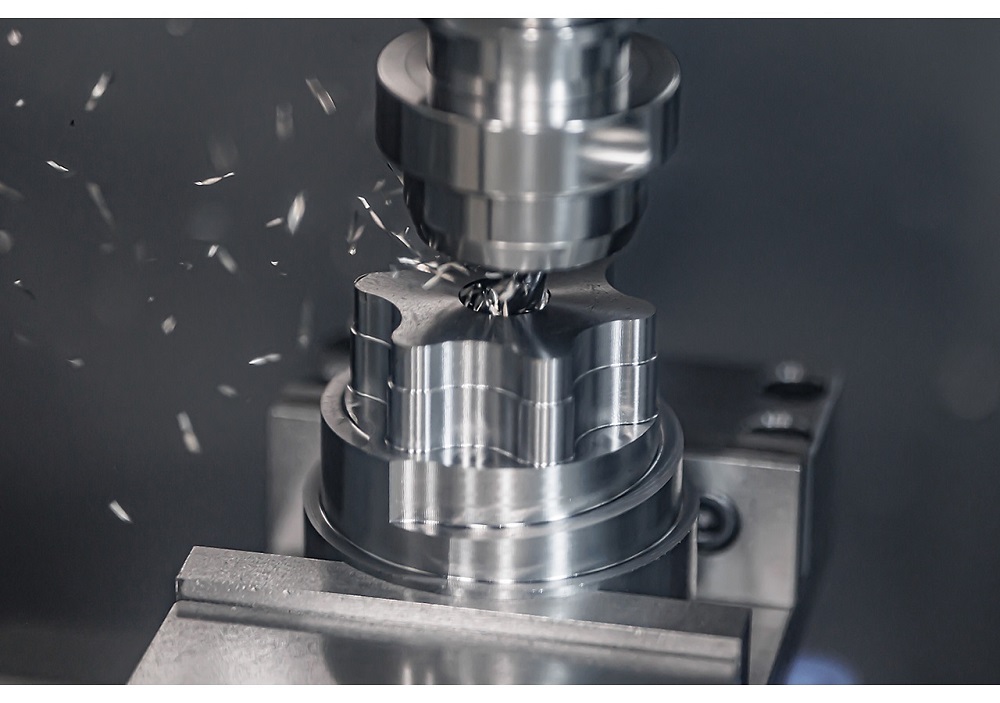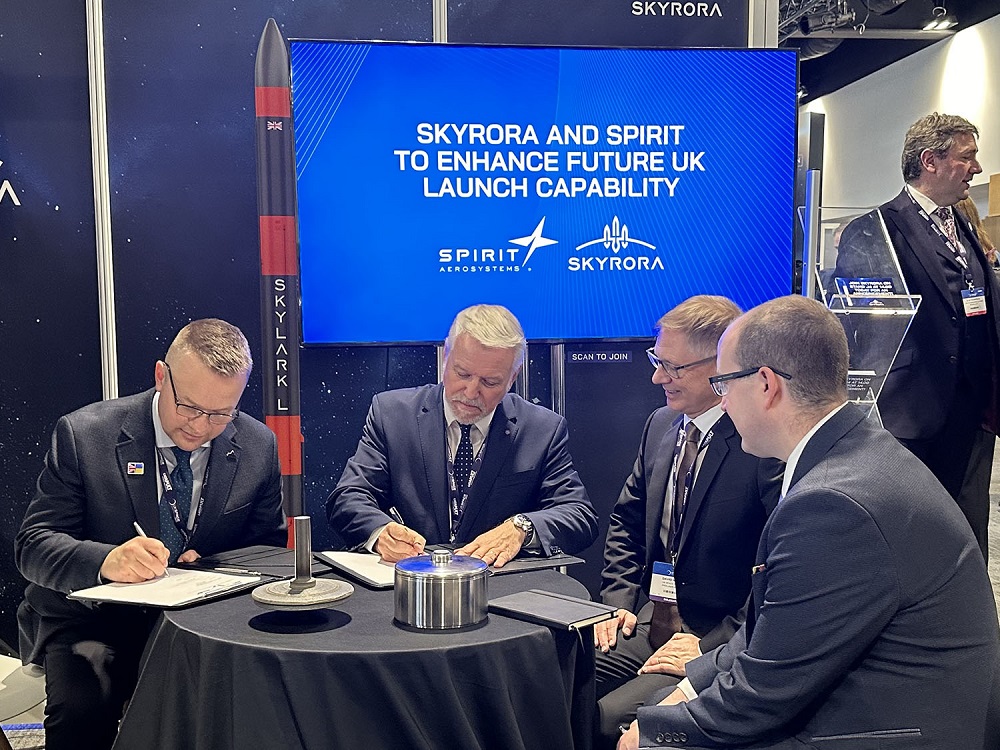Southern Manufacturing & Electronics 2024, which has evolved into an international event hosting a larger number of overseas companies than ever before, is set to unfold on 6-8 February at the Farnborough International Exhibition & Conference Centre. Despite space reallocation to accommodate an increased number of stands, the event is sold out again, as in previous years.
Originating as a regional affair in 1997, Southern Manufacturing moved to its current Hampshire location in 2008 and holds the accolade of being the first show to be held in the new, world-class expo centre when it was rebuilt a decade later. The event’s ongoing success is evident in its consistently high rate of return bookings, reflecting its efficacy as a forum for forging business relationships and generating ideas. Approximately half of the stands are dedicated to mechanical engineering, while the other half caters to the electronic and electrical sectors.
Southern Manufacturing & Electronics is now the most comprehensive annual industrial exhibition in the UK calendar and a major showcase for new technology, attracting visitors and participating companies from all over the world. It was not always like that. When European Trade & Exhibition Services started the project, it was a small gathering of local engineering firms. That it has grown to its elevated stature is testament to the strength of the original concept that saw two engineering disciplines merge into one event. Although somewhat counterintuitive, it has indeed worked very effectively for the last 27 years.
Part of the reason is that there is no demarcation between the different technologies, allowing visitors to walk freely between stands and perhaps discover things that they were not expecting to at the outset. It is this cross-fertilisation of ideas that visitors say is one of the show’s main attractions, especially as ‘Technology Trails’ grouping firms having expertise in similar areas help to guide visitors around the aisles.
It is an event of sufficient importance to attract big-name manufacturers, but it is also extremely accessible to SMEs. The organisers operate a policy of open access, discouraging larger companies from dominating the space to the detriment of smaller vendors. This mixture engenders a vibrant, dynamic atmosphere. With so many exhibitors under one roof displaying advanced, innovative technology across a multitude of sectors, the show addresses multiple sourcing requirements efficiently, especially in times when supply chains are under pressure.
The exhibition is a vital hub for professionals involved in design, production, procurement or management. It is the place to see all the latest in machine tools, tooling, workholding, additive manufacturing and other production equipment, as well as test, measurement, inspection and metrology solutions. There will also be mechanical, electromechanical, hydraulic and pneumatic components and assemblies, mechatronics assemblies, plastic injection and rubber mouldings, connectors, sensors, drives, encoders, fasteners, pressings, springs, gaskets, and more. In addition, a wide range of subcontract services will be on offer.
Other essential products and services for the successful running of factories will encompass business software, production and planning aids, oil and coolant supply, workshop equipment, dust and fume extraction, humidity control, workplace storage systems, bespoke case and foam manufacture, plastic packaging, injection moulding, hand tools, adhesives, industrial flooring, waste removal and recycling, training, freight services, and financial consultancy.
Automation will feature strongly, driven by a skills shortage in the UK and across mainland Europe. Manufacturing industry is also facing a battle to recover from the impact of Brexit, supply chain disruption and soaring costs, so the show will address these themes via numerous firms keen to explain the benefits of Industry 4.0, end-to-end digitalisation, and autonomous handling such as robotic and cobot (collaborative robot) machine tending. There will also be improved green energy technology and a greater stress on machines that draw less power, plus renewed interest in the reshoring of production.
Alongside the exhibition and demonstration areas, over the three days there will be free technical seminar programmes, one covering mechanical engineering and the other addressing the electrical and electronic sectors. They will give visitors and exhibitors alike valuable learning opportunities, with a particular focus on the technical, managerial and environmental issues facing manufacturers today.
Presentations will include digital process management, advice for small manufacturers looking to improve their relationship with customers, how to enhance a sales team’s performance, CE and UKCA marking compliance, sustainable practices in manufacturing, and management skills coaching (including how to address the challenges of hybrid working).
Southern Manufacturing & Electronics 2024 will co-locate with AutoAero, a specialist theme within the exhibition devoted to aerospace and automotive engineering. There is ample car parking, whileextensive road and public transport links serve the site well. A regular, complimentary bus service runs between Farnborough’s Main and North Camp railway stations and the showground. Parking and admission are also free of charge.
For further information www.industrysouth.co.uk



















